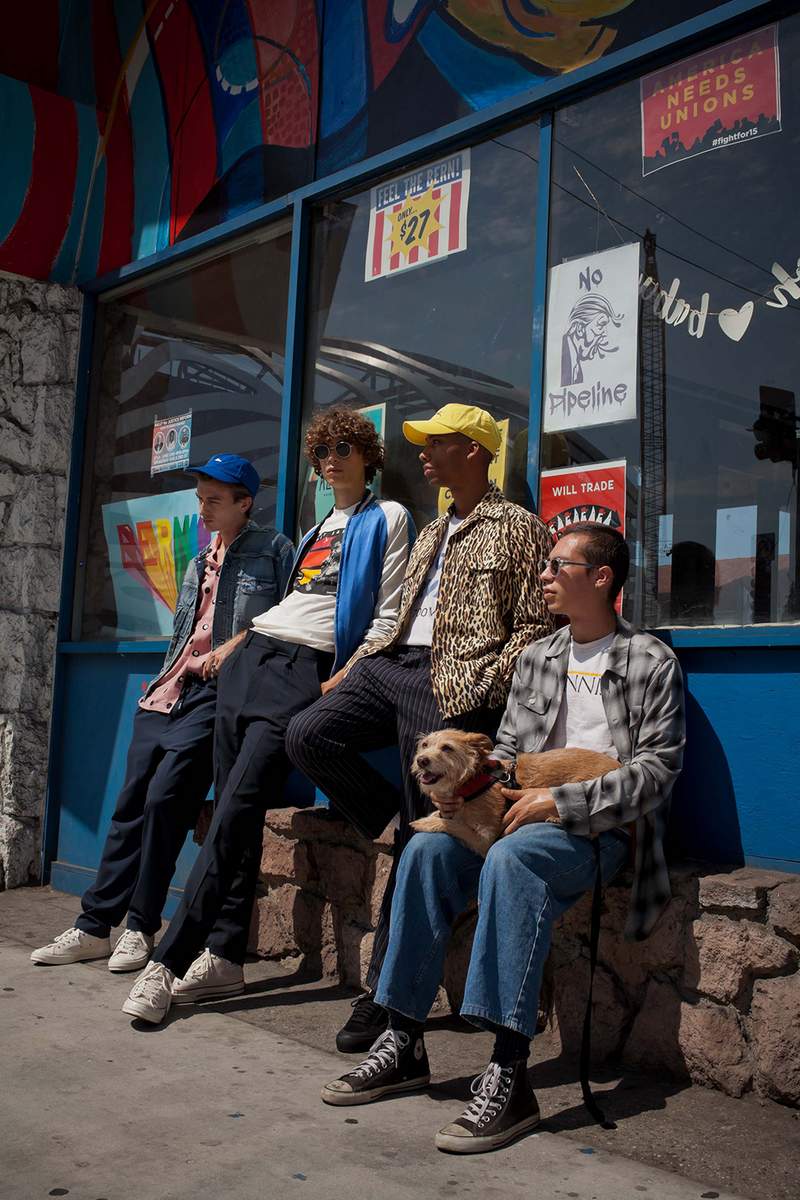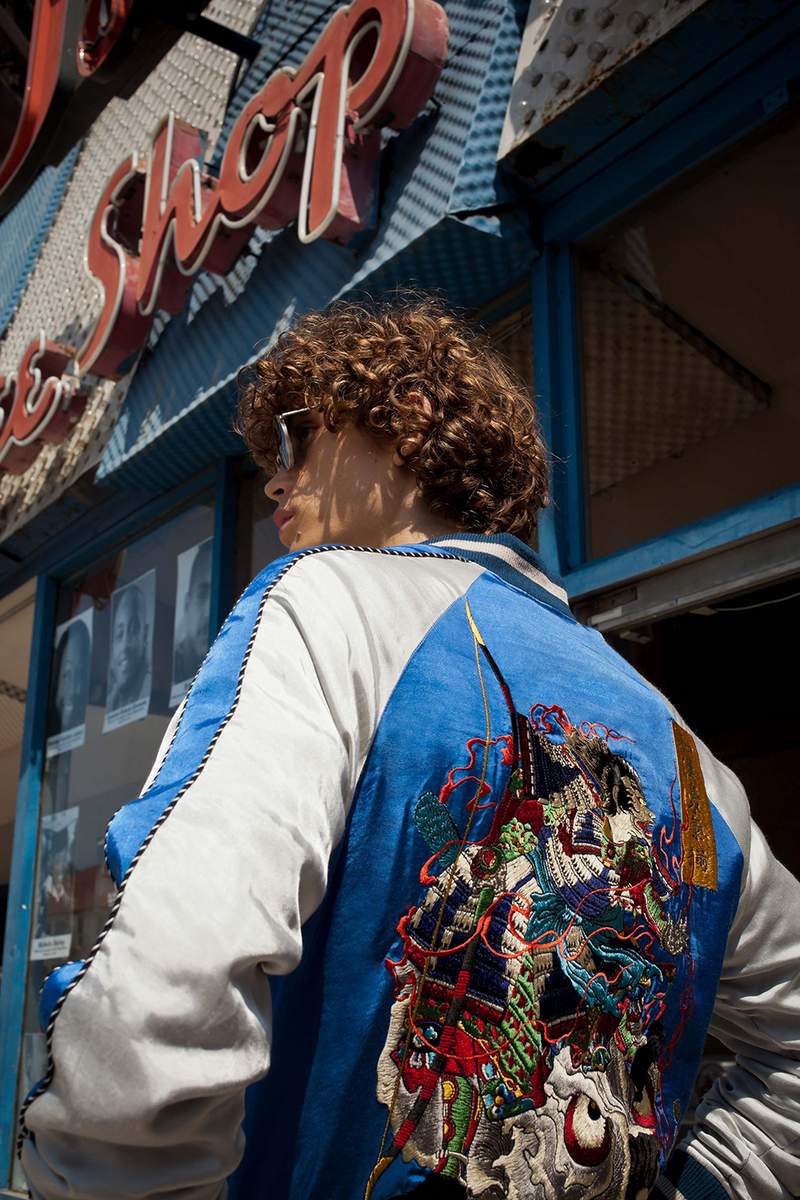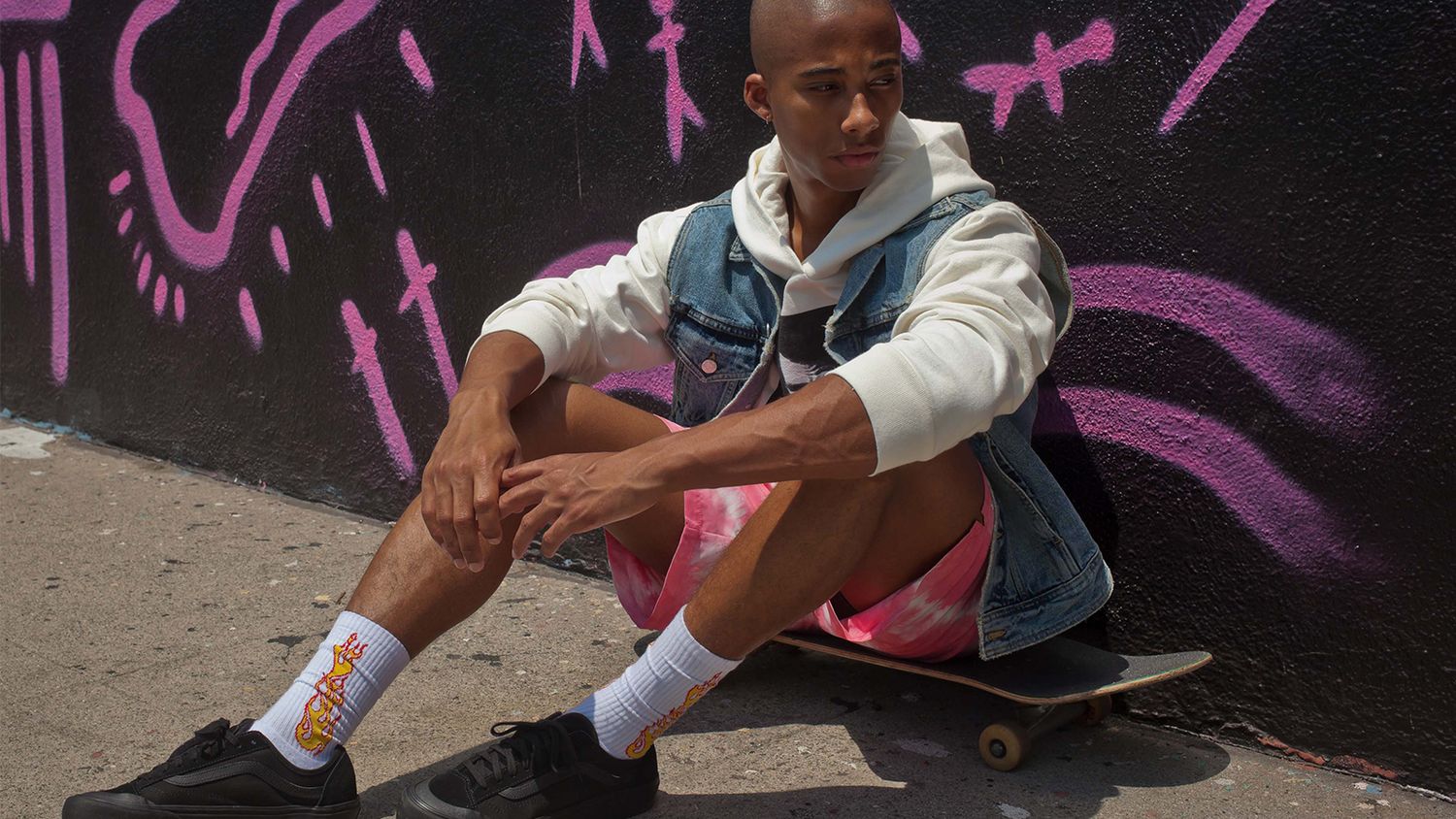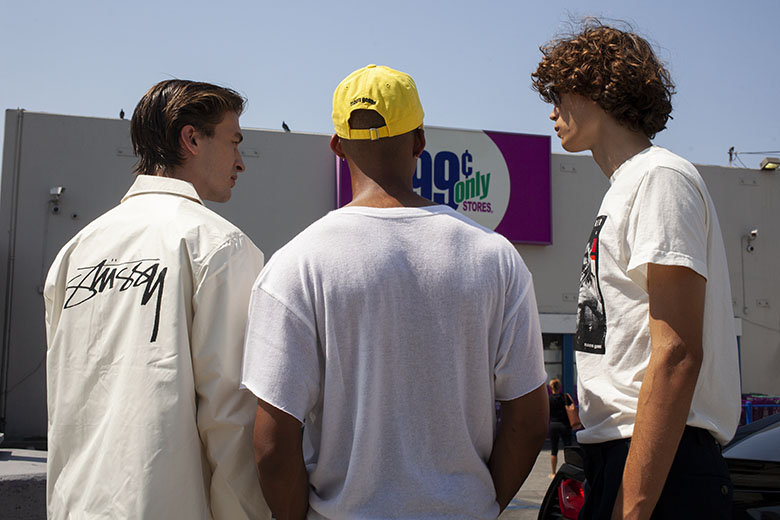Fairfax Portfolio

Creative concept and on-set art direction for Mr Porter The Journal. Read an abstract from the article, below:
For more than a century, Los Angeles has been the world capital of visual storytelling, unspooling new mythologies one panel at a time, 24 frames per second. Even within the city sprawl, the stories that Angelenos tell themselves, about themselves and about the world at large, come through images: on billboards, in murals, tags, graphic tees. In this city where self-mythology is a boom industry, exteriorisation is everything. Here, signalling is our native language, where the Bentleys are borrowed and the Lambos are on lease, branding, flexing, flash, are the local patois.
For more than a century, Los Angeles has been the world capital of visual storytelling, unspooling new mythologies one panel at a time, 24 frames per second. Even within the city sprawl, the stories that Angelenos tell themselves, about themselves and about the world at large, come through images: on billboards, in murals, tags, graphic tees. In this city where self-mythology is a boom industry, exteriorisation is everything. Here, signalling is our native language, where the Bentleys are borrowed and the Lambos are on lease, branding, flexing, flash, are the local patois.
To find out what that looks and sounds like now, MR PORTER went right to the source, to the very centre of the Hypebeast-y heart of the city, to Fairfax Avenue, to see what the locals are wearing – and what the local brands are making. This corridor, formerly the centre of graffiti art in the late 1980s and early 1990s, and before that a late-night hangout for musicians, is the natural nexus for the main threads of American menswear these days, weaving together the best bits of rock’n’roll grunge, boxy skater silhouettes, an “eternal summer” surf vibe, and the sneaker culture that vaulted it all into the world of high fashion.



How did Fairfax become so cool? First, some history: it’s almost impossible to conceive of now, but before social media, before the internet even, when groups of like-minded individuals wanted to communicate, wanted to promote themselves or their squad, they created their own network, with their own in-speak and coding, and broadcasted it on the only platform that was then available for them: the city itself. This, in part, was the purpose of graffiti, which was so prevalent – and impressive – in LA in the 1980s that it prompted renowned documentarian Ms Agnès Varda to make a whole film about it: 1981’s Mural Murals. “In Los Angeles, you can see angels standing on the Pacific waters,” Ms Varda says in the film, a documentary about street art. “You can really see the movie stars... [But] I mostly saw walls, graffiti-covered walls as beautiful as paintings... living, breathing, seething walls... talking, wailing, murmuring walls.”



By the late 1980s, too, skateboarding, as a lifestyle, as an art form, had moved inland from the beach towns, onto the glitter-dusted and black gum-gobbed sidewalks of the city at large, bringing with it the anarchic, improvisational élan of skaters (as well as the surf-skatewear brand Stüssy), which merged with the community of graffiti artists already on the prowl there.
On their own, both the graffiti artist and skater take cityscapes for what they are and, in different ways, respond – riffing, recontextualising, enriching or damaging their surroundings, depending on your point of view. Together, they transformed Los Angeles entirely.
Read the full article here.
Read the full article here.






